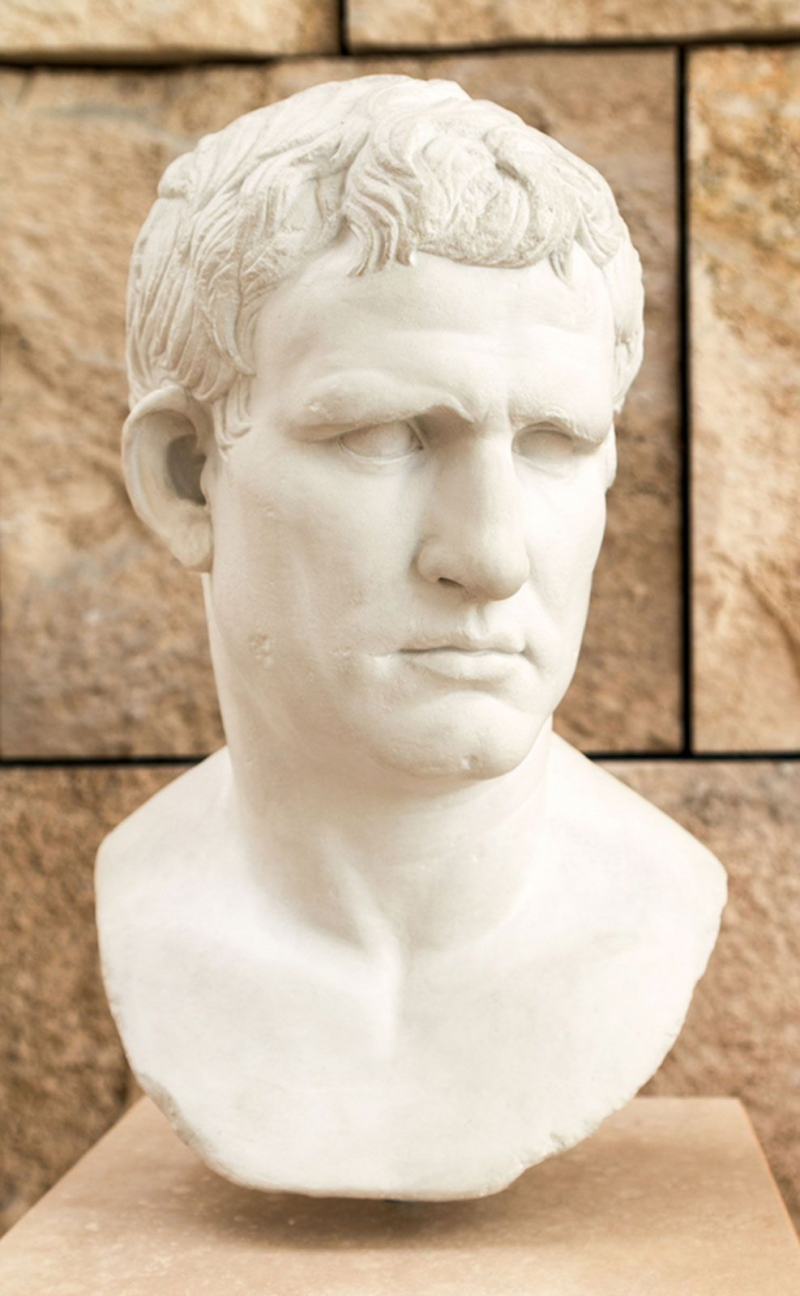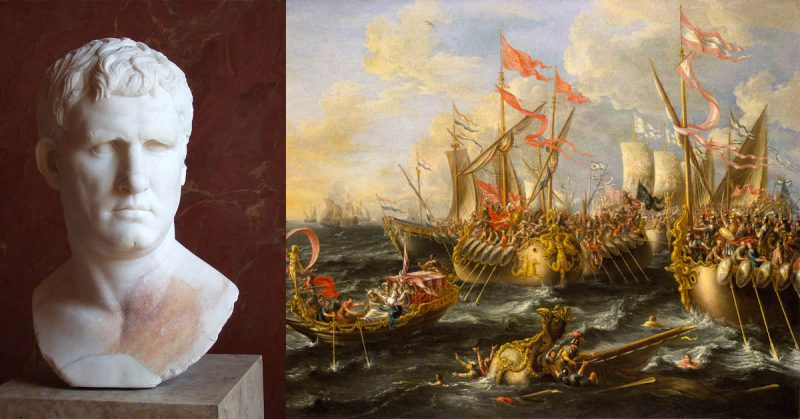He was an efficient city administrator.
Agrippa got to work on three significant building projects. In 26 BCE, Agrippa finished the Saepta Julia in honor of Julius Caesar. The building's construction was initially planned and started by Caesar so that the Tribal Assembly could meet and conduct elections. Voters may cast their ballots in comfort while viewing the artwork in the nice shade thanks to the voting area's marble construction, embellishment with sculptures and works of art, and canopy. Agrippa's second building project, the public Roman baths, was nearby. As a reminder of the Actium naval victory, they had a workout area and a monument to the sea deity Neptune.
The Pantheon, one of the most spectacular specimens of Roman architecture, was finally begun by Agrippa. The temple was intended to be a place of worship for all the gods, especially the twelve Olympians, and it was built after a Hellenistic model. Later, it would burn down, and Hadrian (emperor from 117 to 138 CE), who rebuilt it, preserved Agrippa's original inscription on the building's facade. Like his extensive road network in Gaul, which enhanced access and communication throughout the region, Agrippa also repaired and built roads in Rome and the provinces.









